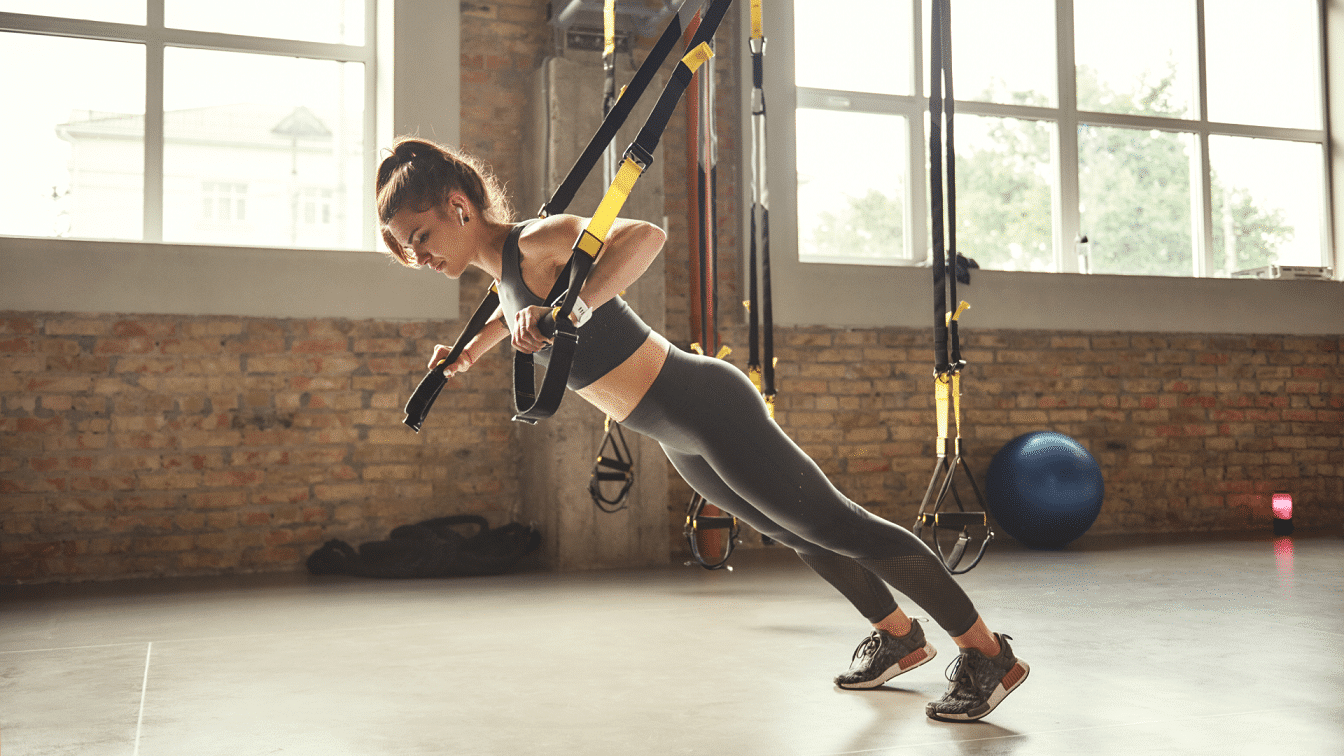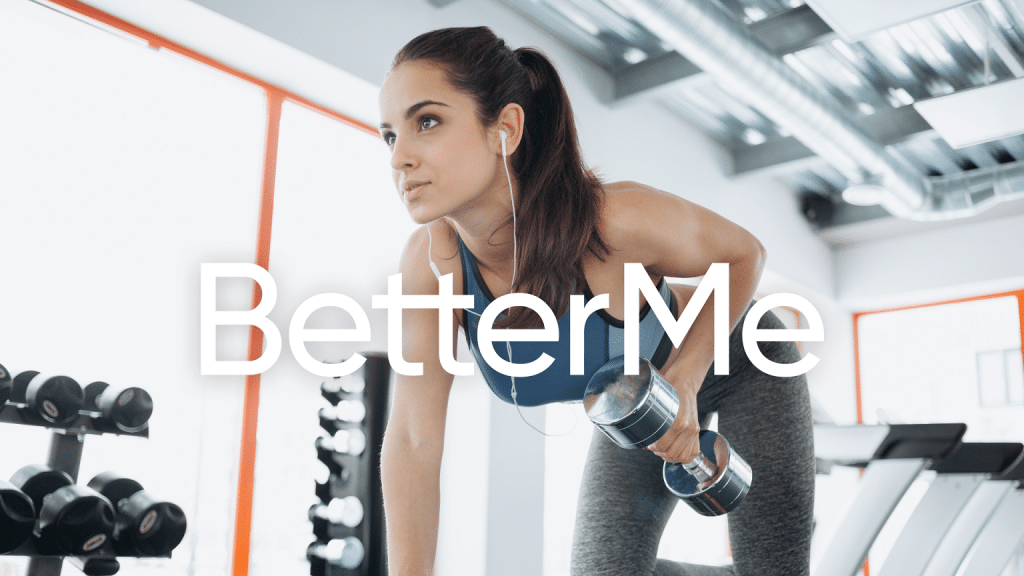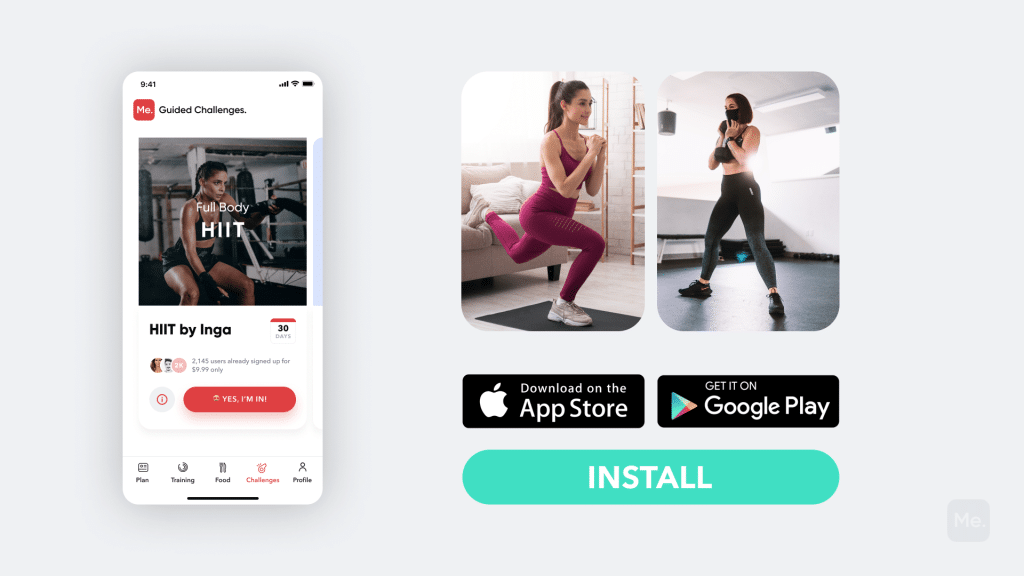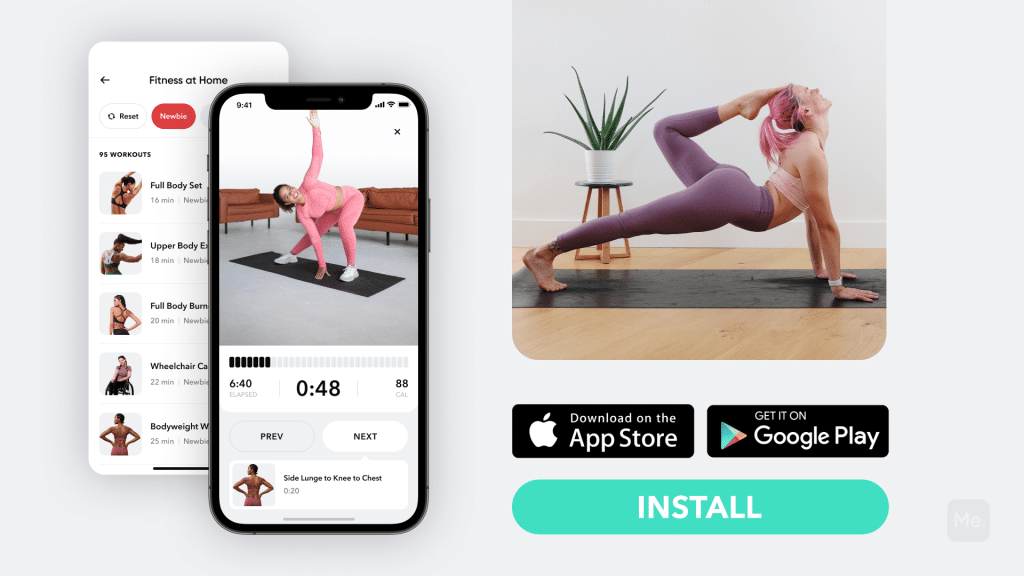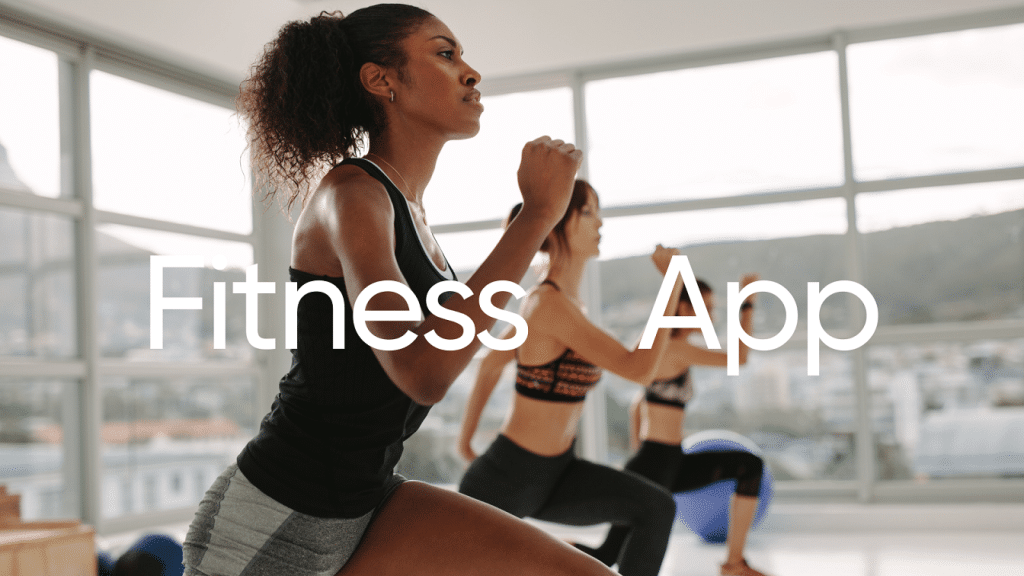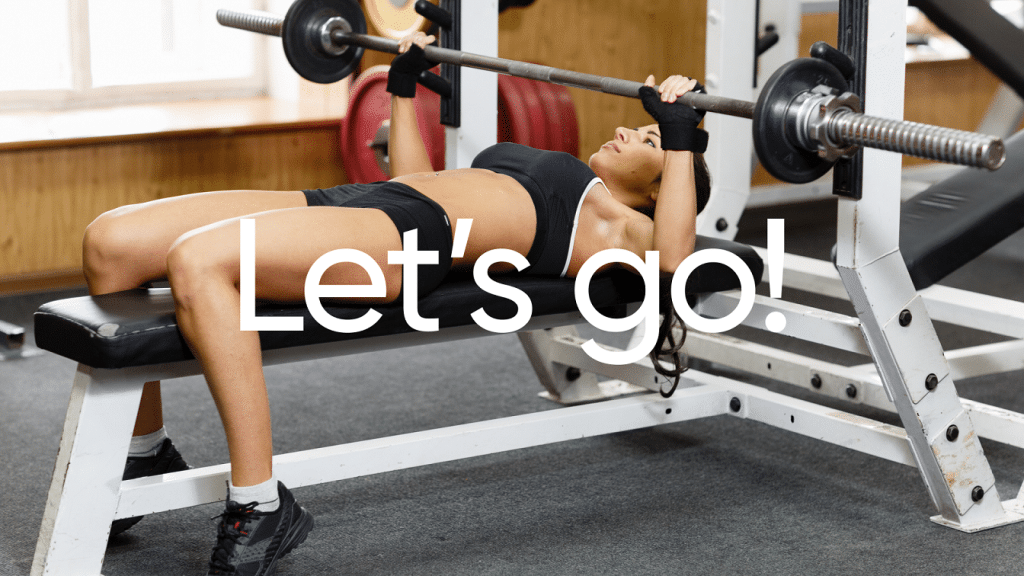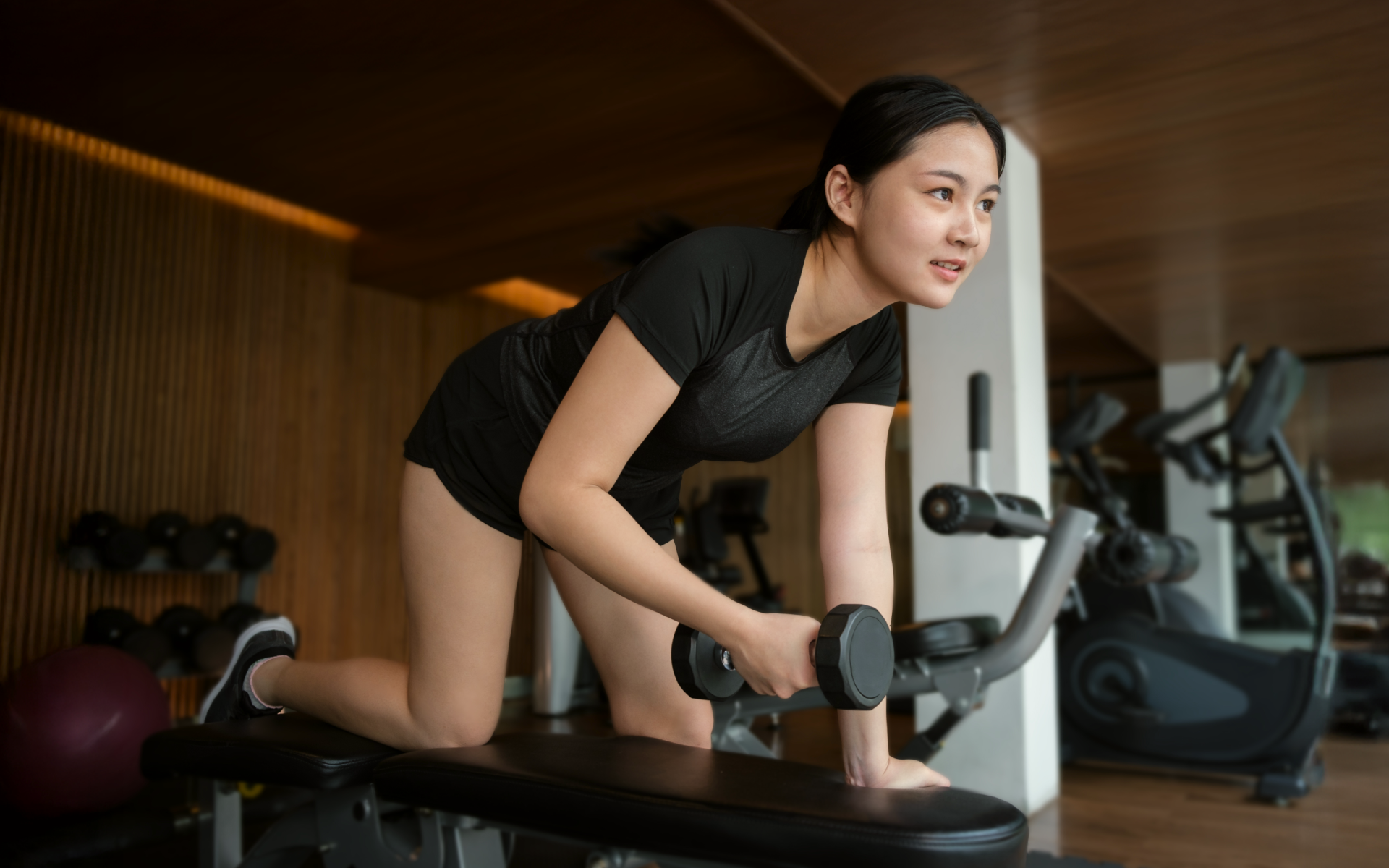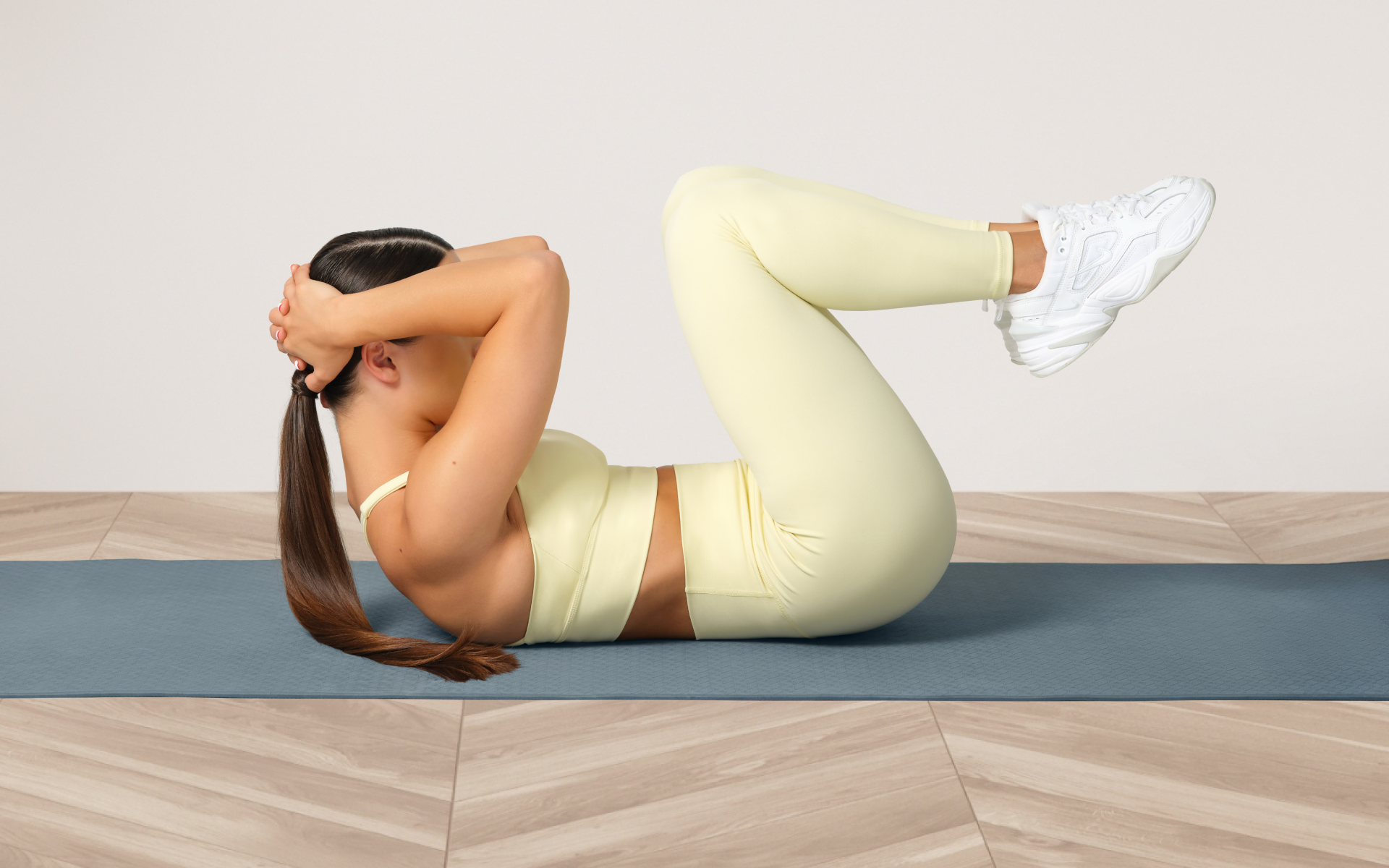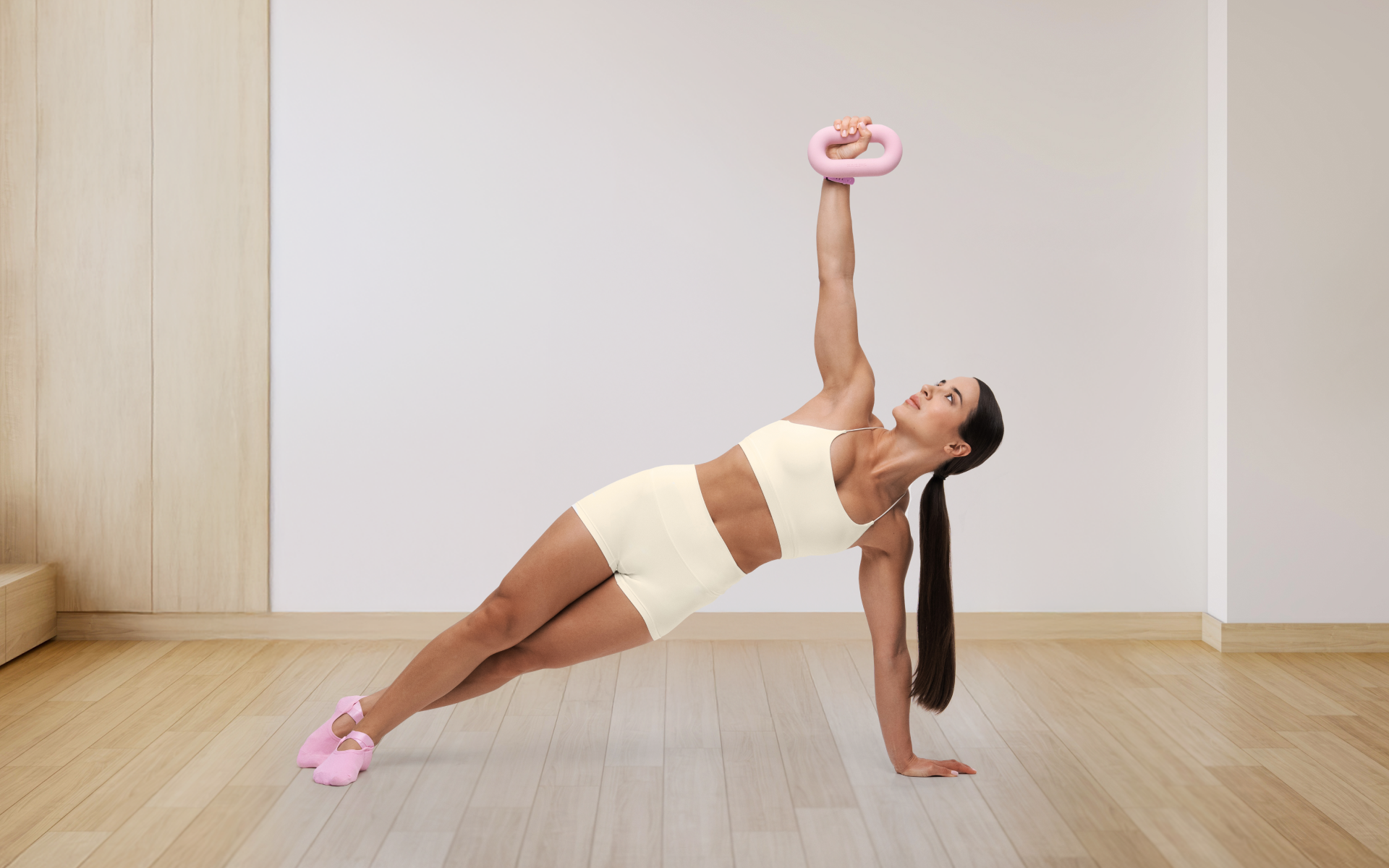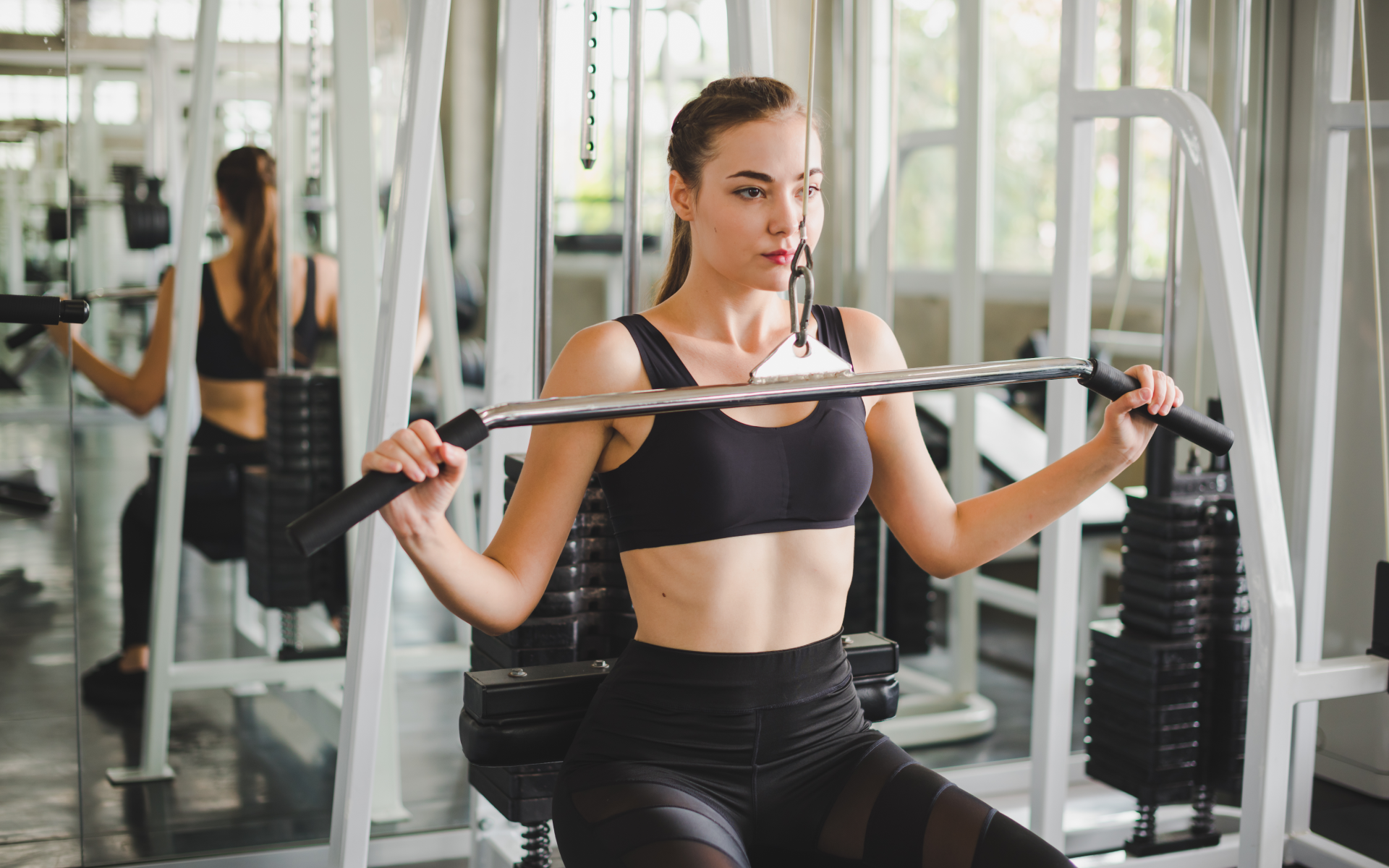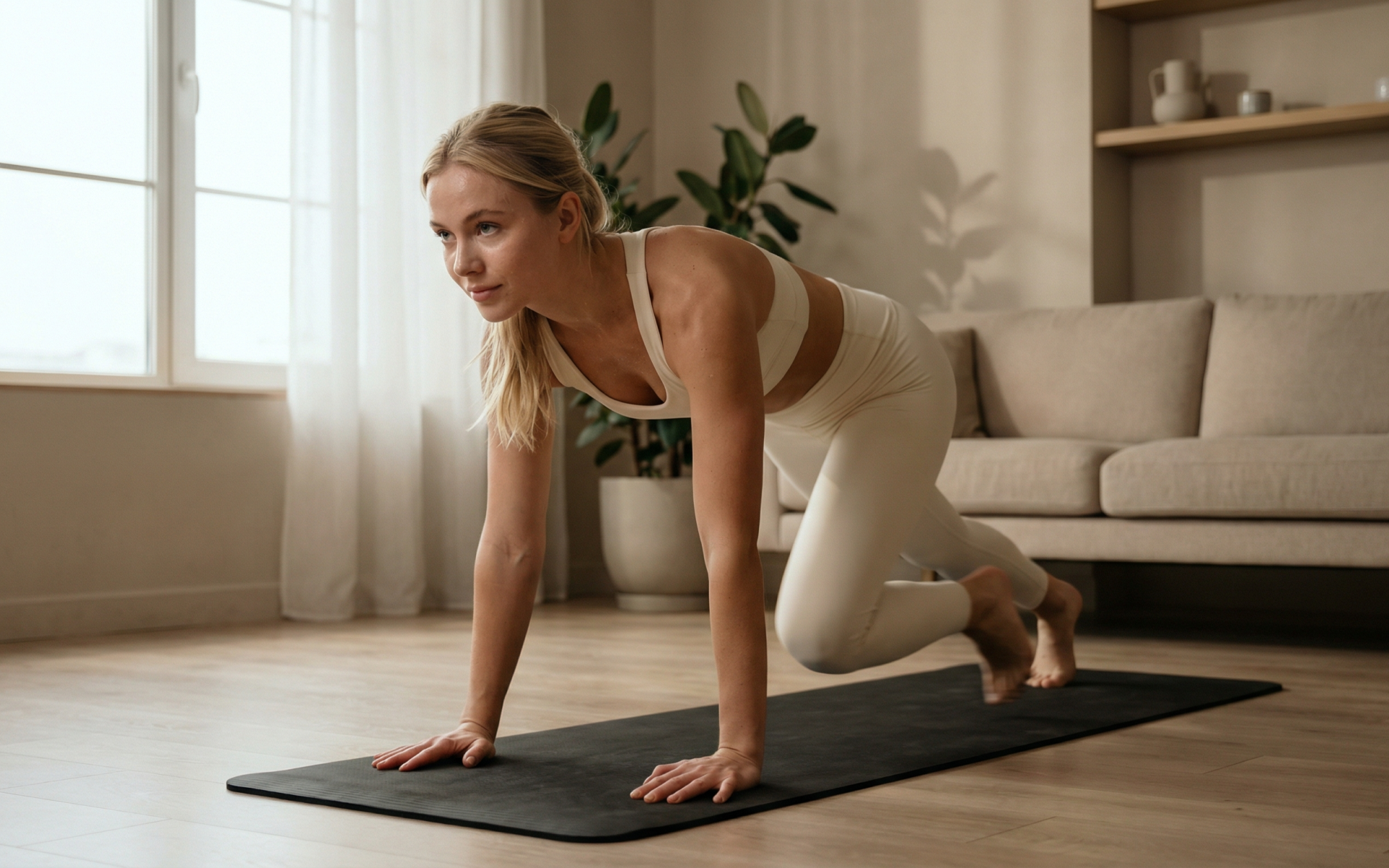Upper Chest Workout That Will Turn You Into A Shredded Beast
When people are trying to perfectly sculpt their pecs, the upper chest muscles are sometimes unduly forgotten. They’re small, they’re not growing so fast, so why pay attention to them in your workout routine? Isn’t it better to focus on more impressive main chest muscles? Well, turns out that it isn’t. If you want to achieve that fully armoured look, focusing on your upper chest is unavoidable. Read this article to sort out how to work on your upper chest muscles to make them finally do their job, and which exercises to incorporate in your training routine to build up the broad and strong chest you’re aiming for.
What Are The Upper Chest Muscles?
The main muscle of your chest is pectoralis major. It consists of the upper pec, called clavicular head, and the lower pec, called sterna head. The thing is, your upper pec muscle runs at a different angle to the rest of your chest muscles. Consequently, they’re often underdeveloped as the majority of exercises aiming at chest muscles fail to strain them enough. That’s why, if you’re reading this article, your workout probably needs restructuring in order to properly target the upper chest. Follow these recommendations to adapt your workout routine to your goals in order to achieve that drool-worthy Greek god body.
Why Is Training The Upper Chest Important?
Of course, most people who train their upper chest often look forward to boasting of fuller and bigger pecs. So yes, you will develop pecs, and they will contribute to your overall aesthetic physique. However, remember that the upper chest contains muscles responsible for many functions.
For example, helping with moving your arms up, across, and down, and movements like rotation, adduction, and flexion. If you are interested in training your upper chest, consider these as other solid reasons and motivators to maximize your upper chest training.
Read More: How To Get Rid Of Chest Fat-The Most Effective Fat Burning Exercises
How To Workout Your Upper Chest
1. Begin With The Multi-Joint Upper Chest Movement
The easiest and most obvious solution to target your upper pecs is to strain them first thing in your workout. So, instead of starting your workout on the flat bench, begin with the incline bench press. When you flip those movements, you’ll find that you’re significantly stronger, and can do more, because you’re not drained after completing a ton of other exercises yet. That’s why it’s recommended to begin with the upper chest. Forcing the pecs to lift more than they’re accustomed to will put you on the road to the shredded chest. Besides, when you do more on inclines, don’t hesitate to use a bit more challenging weight.
2. The Fixed Bench Is Not The Best Choice
If you take a closer look at incline bench-press stations, you’ll see that the angle of the bench is typically around 45 degrees. There’s no natural law claiming that the upper pecs must be worked continuously from the same angle. Actually, if you variate the bench positions, the development of your chest muscles will be more effective. Looking at the bench that can be adjusted, you can notice a couple of positions marked by notches. If you strongly wish to improve your upper chest, all of those positions will serve you earlier or later. Follow our 5 best exercises for your most productive upper chest workout.
Dropping pounds by the dozens without putting yourself through the wringer is everyone’s weight loss pipe dream. But what if we told you that the BetterMe app can make that happen? Keep yourself in prime shape with our fat-blasting workouts, delicious budget-sparing recipes, and body-transforming challenges with our app!
Exercises For Your Upper Chest
-
Incline Barbell Bench Press
Set the bench at a 30-45 degree angle and you’ll force your upper pecs to literally do the heavy lifting.
You’ll have to experiment with different bench positions within that range as the optimum angle varies individually. Make sure not to set the angle too steep or you’ll end up targeting your delts.
Lie down on the bench: your eyes should be just under the bar. Grab the barbell with an overhand grip roughly shoulder-width apart and hold it above your chest. Some guys find it more effective to raise their chest up and retract their shoulders at this point as if you’re squeezing a pencil with your back. Breathe in while lowering the bar. Don’t allow your elbows to flare out as this will reduce tension in your chest muscles and can cause injury. Ensure that the bar actually touches your chest so that you get a full range of motion. Half reps won’t make an effect with this exercise. Breathe out with a strong push and lift the bar into the air. Lower and repeat.
Aim for 4 sets of between 6-8 reads with a minute of rest between each repetition.
Read More: Why Is It Important To Ease Into An Exercise Program: Expert’s Take On No-Rush Beginner Workouts
-
Incline Dumbbell Bench Press
As with the incline barbell press, set your bench to a 30-45 degree angle.
Rest the dumbbells vertically on your thighs while sitting upright. Lean backward so that your head is pressed against the bench. Then, bend your elbows and get the weights in position. They must be at the same level with your shoulders and chest.
Push the dumbbells upward and toward each other in an arcing motion, but stop when the weights are a couple of centimeters apart. Don’t smash the weights together as it will reduce the tension in your upper chest. While the weights are in their highest position in the arc, squeeze your upper pecs so that you can feel the tension in them. Now, slowly reverse the upward motion and lower the dumbbells.
Aim for 4 sets of between 8-10 reps with a minute of rest between each repetition
-
Low To High Cable Crossovers
This is one of the most efficient upper chest target exercises. They’re an amazing choice to perfectly sculpt the shredded pecs.
Hold the handles roughly at hip level with your arms at your sides. You should angle them roughly 45 degrees to the floor. Your palms should be facing forward. If there are stirrup handles in your gym, they fit the best for this exercise but all handles will work. Breathe out, and bring your hands to about eye level in a wide arc motion. Your hands should come together in front of your chest, and your palms should face up. Squeeze your chest muscles for about a second. Lower while breathing out and repeat.
Aim for 4 sets of between 10-12 reps with a minute rest between each workout.
-
High Cable Flyes
The incline in this exercise is not in the equipment being used or the position of the body. Instead, it’s in the real movement of the resistance itself. When you pull the weight upwards, your upper chest muscle gets a huge contraction, and that’s exactly what you need. It is remarkably safer than flyes that need a bench due to less risk of overstretching, which is caused by gravity pulling the weights lower than you thought it would. It also allows you to strongly hit the pec group as a whole a lot harder without a lot of worrying.
From a standing start and pulleys at either side of you, set to a low position. Now hold the handles with an underhanded grip and lift upwards and outwards until the two meet in the middle. Contract tightly and return to your starting position. Stop when you meet in the middle, and then lower the cables back down in a controlled way to keep time under tension high.
Aim for 4 sets of between 6-8 reps with a minute rest between each set.
-
Seated Incline Cable Fly
This is an essential part of every workout aiming at upper chest. It focuses on the upper chest while still working on mid-and low-chest muscles.
Take an adjustable bench over to a dual set of cables, put it between the pulleys and set it at a 30-45 degree angle. Drop the pulleys to their lowest level, the floor level would be perfect. Select the same weight on each of the pulleys. Lie down on the bench and take a pulley in each of your hands. Bring your hands together at arm’s length in front of your face. Lower your arms out at both sides in an arc-shaped movement while breathing in. You should slightly bent them so that you don’t overstretch your biceps. Bring your arms back to the starting position as you squeeze your chest muscles and exhale. Hold the contracted position for about a second.
Aim for 4 sets of between 8-10 reps with a minute rest between each set.
What Happens If You Only Workout Upper Chest?
The answer to this question changes drastically depending on who you ask. For example, if you ask individuals training their upper chest, they will tell you they believe their pecs will become fuller and bigger. However, if you consult some fitness experts, they may tell you that you might not see these desired results.
They may argue the results may be more sustainable if you were to follow a full-body workout instead of an upper chest workout only. So what does science say? Well, most literature shows that performing an upper chest workout does not necessarily mean muscle growth in your upper body as you might think.
Literature suggests that instead of the bigger and fuller pecs, your chest muscles may grow tighter, eventually affecting your posture. That said, it would help if you used a workout plan targeting major muscle groups for efficient results.
How To Maximize Your Upper Chest Training
For a beginner, discovering the correct exercises to perform on chest day seems like the key to unlocking bigger and fuller pecs. But anyone who has been training for a while may tell you that is only half of the equation.
Over time you will likely find a weakness in your training program that requires a modification before you can attain the desired results. Learn what to do in such cases using these tips on how to maximize the results of your upper chest training program:
-
Always Start With Incline Work
When we talk of incline work, we speak of incline-related exercises such as the incline dumbbell press. The idea is to start with what you find is the weakest so that you place more emphasis on and focus on it when you are filled with energy.
Incline exercises are crucial for upper pec major training, so you should pay more attention to your incline angles and exercises. But, again, do not just focus on one incline angle but switch things up to further challenge your upper chest muscles.
-
Incorporate Weights
Weight lifting exercises are the most rewarding workouts for muscle growth. So, if you are interested in getting big pecs, you may want to use both dumbbells and barbells. You can perform many upper chest exercises with a dumbbell in each hand or while holding onto a barbell.
But despite this insight, there has been an ongoing debate over which of the two free weights is the most efficient for big pecs. Both are efficient in effectively training your upper chest. It would be best to talk to your trainer if you are confused about the weights to incorporate into your regimen.
Conclusion
To sum up, achieving shredded pecs might be a resource-demanding and challenging task, yet, if properly dealt with, it can bring amazing results. However, with every thoroughly developed workout routine comes a nutritious diet. To sculpt your perfect chest you need a high amount of healthy proteins (3, 4). Proteins repair damaged tissue, amp up brain activity, relieve muscle soreness, boost your immunity and curb hunger. Above all, perking up protein intake is the best method to increase muscle gains. Of course, you can enrich your diet with protein bars and powders, yet the natural sources of protein like legumes, nuts and seeds are also remarkably nutritious. High-fiber foods are similarly indispensable for a healthy workout dietary regime. Look through the Mediterranean or the Keto diet, for instance. Last but not least, it is crucial to keep your water intake high (1, 2) especially during the time of high physical activity, so don’t forget to guzzle some water before and after your training. Start a day with a glass of refreshing lemon water to amplify your workout results.
Get your personalized
meal plan!
DISCLAIMER:
This article is intended for general informational purposes only and does not address individual circumstances. It is not a substitute for professional advice or help and should not be relied on to make decisions of any kind. Any action you take upon the information presented in this article is strictly at your own risk and responsibility!
SOURCES:
- Dehydration (1997, medlineplus.gov)
- Drinking water and Health (1977, nap.edu)
- Optimizing Protein Intake in Adults: Interpretation and Application of the Recommended Dietary Allowance Compared with the Acceptable Macronutrient Distribution Range (2017, ncbi.nlm.nih.gov)
- Protein (n.d., hsph.harvard.edu)
